Light Management
Light tells your brain when to stay awake and when to sleep. This step shows you how to block the light that’s hurting your sleep and use light to boost your energy when you need it most.
Choose initiatives to add to your Journey.
0 initiatives selected
Block The Wrong Light

Wear sunglasses after your shift
Wearing dark sunglasses on your commute helps reduce daylight exposure and keeps your body from thinking it’s time to stay awake.
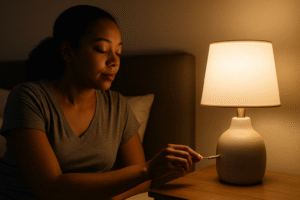
Dim your lighting before sleep
Your body doesn’t shift into “sleep mode” just because you lie down — it needs dim light as a cue to wind down. Bright overhead...
Required
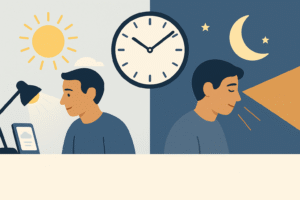
Understand How Light Affects Your Sleep-Wake Cycle
Light exposure — especially at the wrong times — can shift your body clock, delay melatonin, and throw off your whole sleep-wake cycle. A little...
Use Light to Stay Alert
Required

Get Light Exposure Soon After Waking
Light exposure shortly after waking helps your body feel more alert and supports your circadian rhythm.
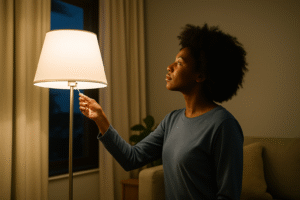
Brighten your space before your shift
Use overhead lights or lamps before your shift to help your body fully wake up.

Sit under bright light at the start of your shift
Exposing yourself to bright light in the first hour of your shift helps your brain switch into alert mode and fight early fatigue.
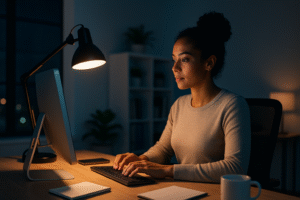
Keep your workspace well-lit
Add lighting to your work area to stay alert and reduce mid-shift fatigue.
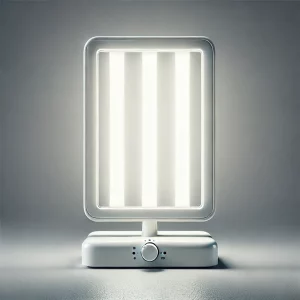
Use a light therapy lamp or glasses
Light therapy devices can help when your workspace is too dim or your rhythm is off. Use one for a session to signal wakefulness.
Adjust Screens & Bulbs
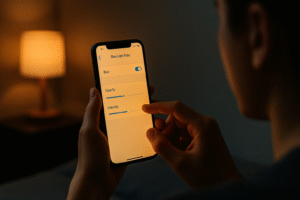
Turn on blue light filters
Use tools like Night Shift or f.lux to reduce the amount of blue light from your phone and computer after your shift.
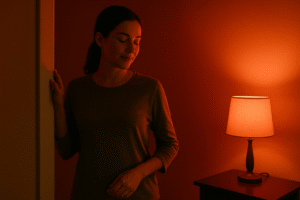
Use red or amber light in key areas
Red-toned lights are less disruptive to your body clock and are a great option for hallways, reading lamps, or nightstands.
Apps & Tools
LumeHealth.io
LumeHealth.io offers personalized coaching and tools to help you manage light exposure and improve sleep patterns, tailored to your individual needs and lifestyle.
Sunseek
SunSeek provides daily recommendations on optimal times for natural light exposure based on your location, skin type, and health goals. It helps you regulate your...